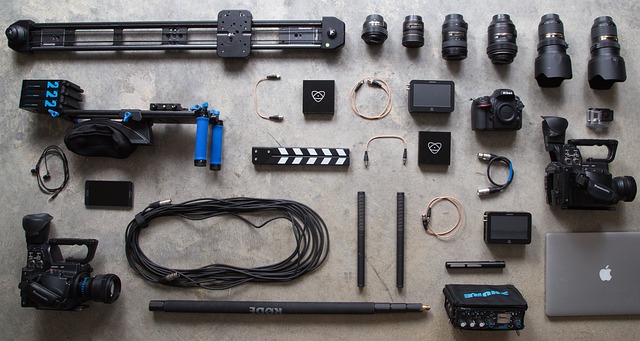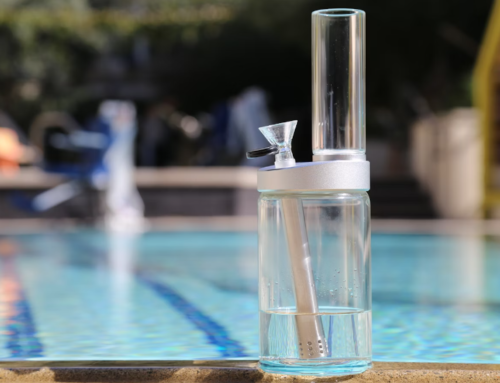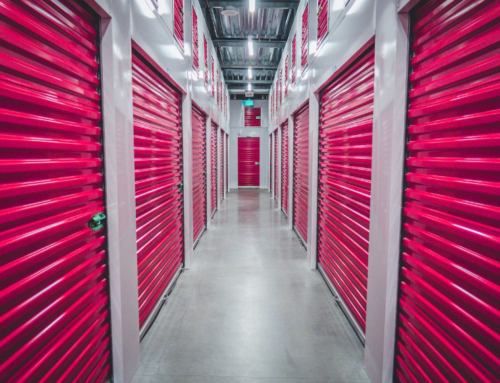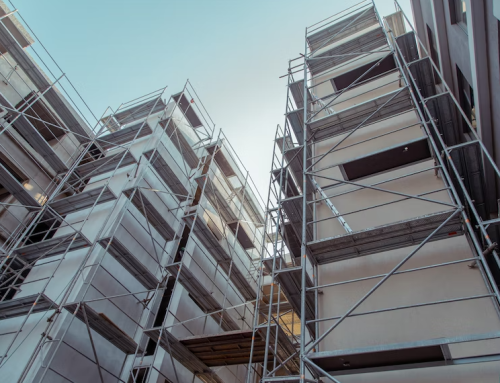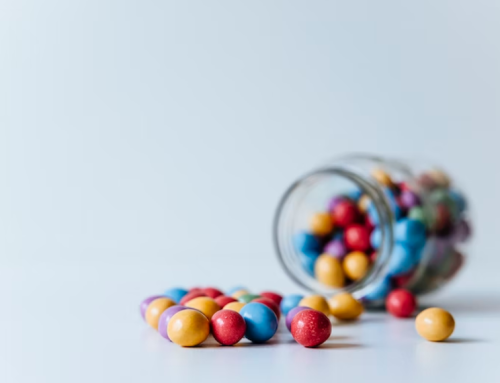It’s no secret that wedding photography is challenging. Why? Because shooting conditions on the day are rapidly changing, and you are expected to capture everything from portraits of the bridge and groom, to groups of guests, to finer details like rings and bouquets, not forgetting the scenery.
If you are the appointed camera person, pack these 7 lenses and you’ll be prepared for all of the above.
- Portrait-length lens
A medium telephoto lens will be your friend for portraits. ‘Telephoto’ refers to a lens with long focal length that narrows the field of view, and magnifies the image. This means you can adjust the focus to get a clear portrait, highlight facial expressions and minimise a busy background.
- Wide-angle lens
Wide angle lenses come in handy when you want to photograph groups of guests and include more of the scene. Closing in can be done to experiment with the frame. Just don’t mix up artistic blur and distortion.
- Macro lens
This is best for close-ups, especially of little details like rings, dress details, shoes, flowers, and more. The couple usually want all of these featured in the final album as such shots add depth. The shorter the macro focal length, the closer to the subject you must be.
- Standard zoom lens
Good for general coverage of the event. These can adequately capture wider spaces such as the venue, as well as candid facial expressions as you wander around.
- Wide zoom lens
So we now know that wide angles are essential for capturing larger spaces such as the interior of the church, or the outdoors. Being able to shorten the focal length can create the sense that the viewer is in the middle of the action. The point of view can make the couple feel like they’re back in their wedding surrounds.
- Fish eye lens
To add a little creative distortion, use a fish eye lens. There are two different types: circular which create a round image encompassed by black frame, and diagonal fisheye which creates a rectangular image with a twist.
There are no ‘correct’ choices when it comes to what lenses to take to the wedding, but generally speaking it’s good to have at least a few of these to be able to capture its various aspects – from the whole scene to minute details that the couple will be sure to look back on.

